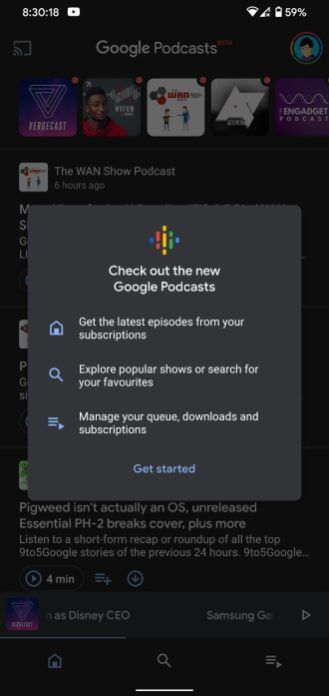ZTE’s Axon lineup is the flagship lineup from the company. Over the years, we have seen some compelling product options from the company in this segment. One of the reasons that customer reception has been lukewarm is because of the general availability and marketing for the product. Nonetheless, past devices like the Axon 10s Pro 5G did offer good value for money. ZTE is back again with a new Axon product with the Axon 11, but this time, they’re not aiming for a flagship.
ZTE Axon 11 5G: Specifications
| Specification | ZTE Axon 11 5G |
|---|---|
| Display |
|
| SoC | Qualcomm Snapdragon 765G with Adreno 620 |
| RAM and Storage |
|
| Battery and Charging |
|
| Ports |
|
| Rear Cameras |
|
| Front Camera | 20MP, f/2.0 |
| Connectivity | Dual SIM |
| Security | Under-display fingerprint scanner |
| Android Version | MiFavor 10 based on Android 10 |
Qualcomm Snapdragon 765G Specifications
| Qualcomm Snapdragon 765G (sm7250-AA) | |
|---|---|
| CPU |
|
| GPU |
|
| Display |
|
| AI |
|
| Memory |
|
| ISP |
|
| Modem |
|
| Charging |
|
| Connectivity |
|
| Manufacturing Process | 7nm EUV from Samsung |
The ZTE Axon 11 5G retains some of the signature aspects of the Axon branding, like the decent display specification, camera, and other features. What it skips out on is opting for a full flagship SoC. Instead of opting for the flagship Qualcomm Snapdragon 865 with a separate 5G modem, ZTE has decided to go for the similarly competitive Snapdragon 765G with 5G support. This allows ZTE to charge a lower price and retain perhaps the most important feature of the Axon lineup — value.

Skipping out on the flagship SoC does not automatically mean that a product is bad value by itself. While this does remove the “flagship killer” tag from the product, it still means you get a competitive mid-range phone. You get a 6.47″ curved AMOLED display with a 90Hz refresh rate, 6/8GB of RAM, 128/256GB of storage, and a 64MP quad-camera setup. ZTE is banking on camera features such as 4K 60fps video and real-time 4K HDR video recording, 4K live streaming, video-stabilization for the rear camera, and 7-level AI beautification solutions for both the cameras (can be turned off). to make this a compelling option. Software features on the Axon 11 5G include Link Booster (to find the best possible channel for data), simultaneous Wi-Fi and data usability, simultaneous dual-channel Wi-Fi usability, and a Game Assistant with features like accidental touch detection, DND, speed optimizations and more. And of course, there is support for SA and NSA 5G.
Pricing and Availability
The ZTE Axon 11 5G will be available in China for CNY 2698 (~$380) for the 6GB+128GB variant, CNY 2998 (~$422) for the 8GB+128GB variant, and CNY 3398 (~$478) for the 8GB+256GB variant. It is currently unknown if the phone will make its way out to global markets, but we can expect a slight price increase if it does.
The post ZTE’s Axon 11 is a mid-range 5G smartphone with the Snapdragon 765G appeared first on xda-developers.
from xda-developers https://ift.tt/33GVGvT
via IFTTT















